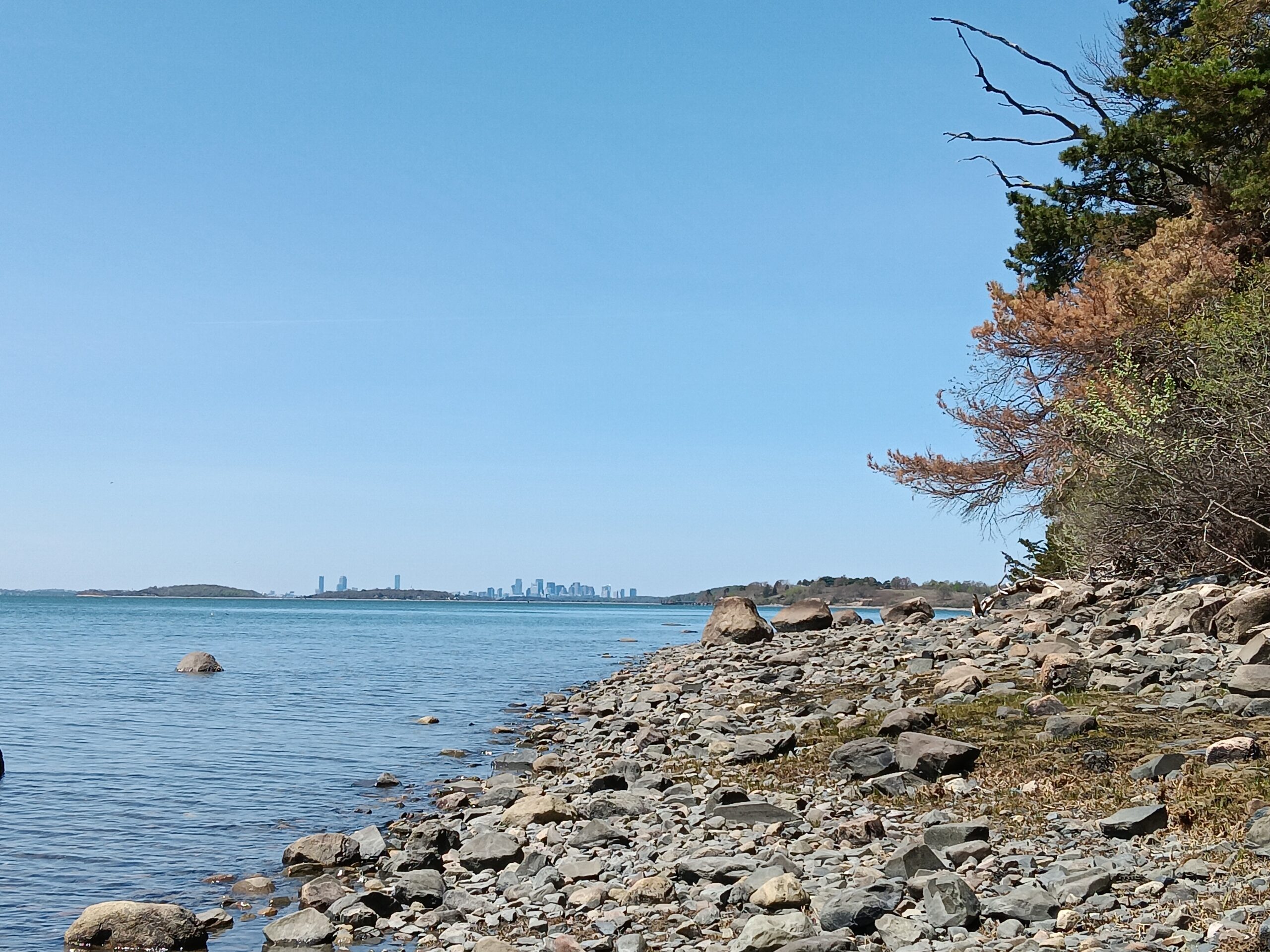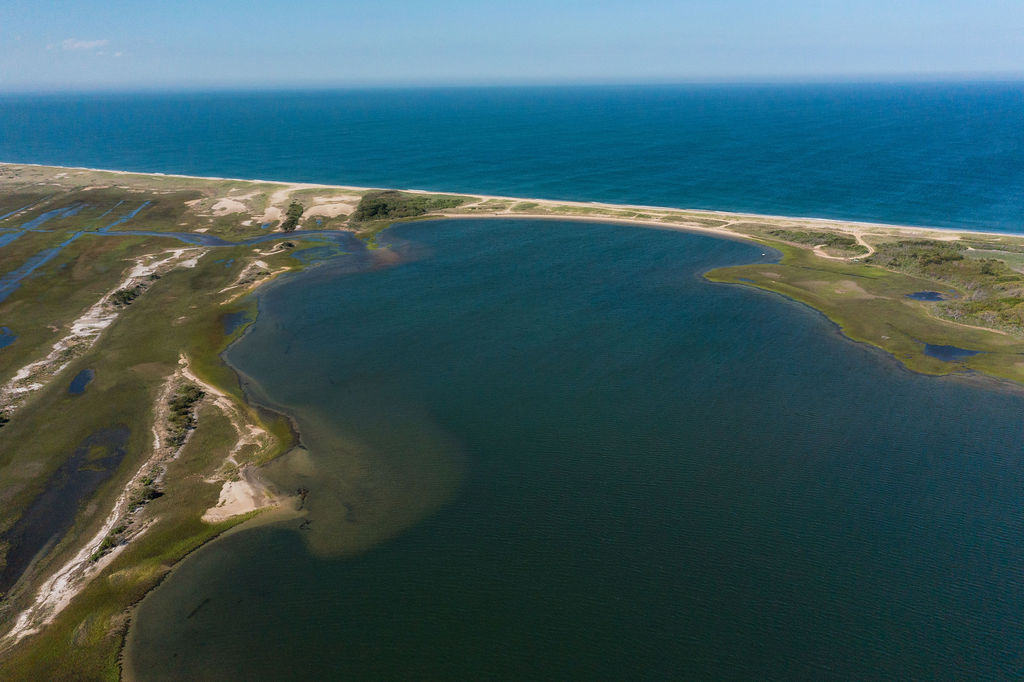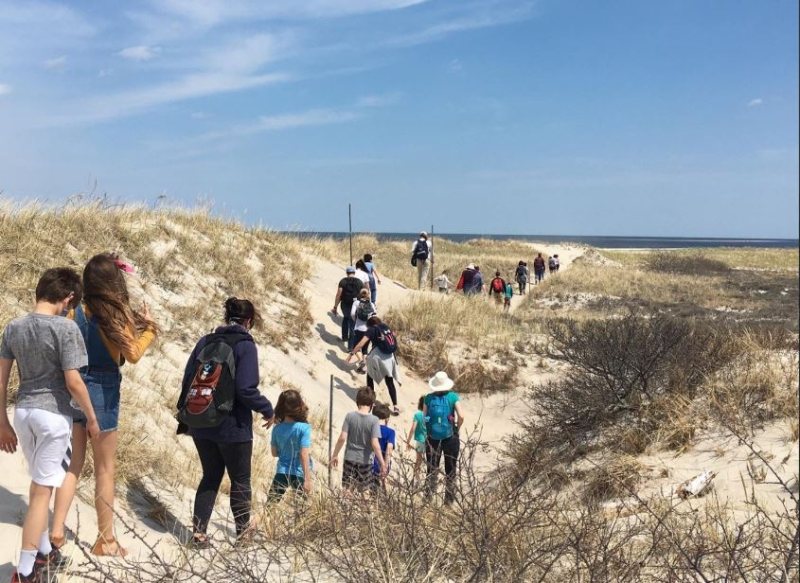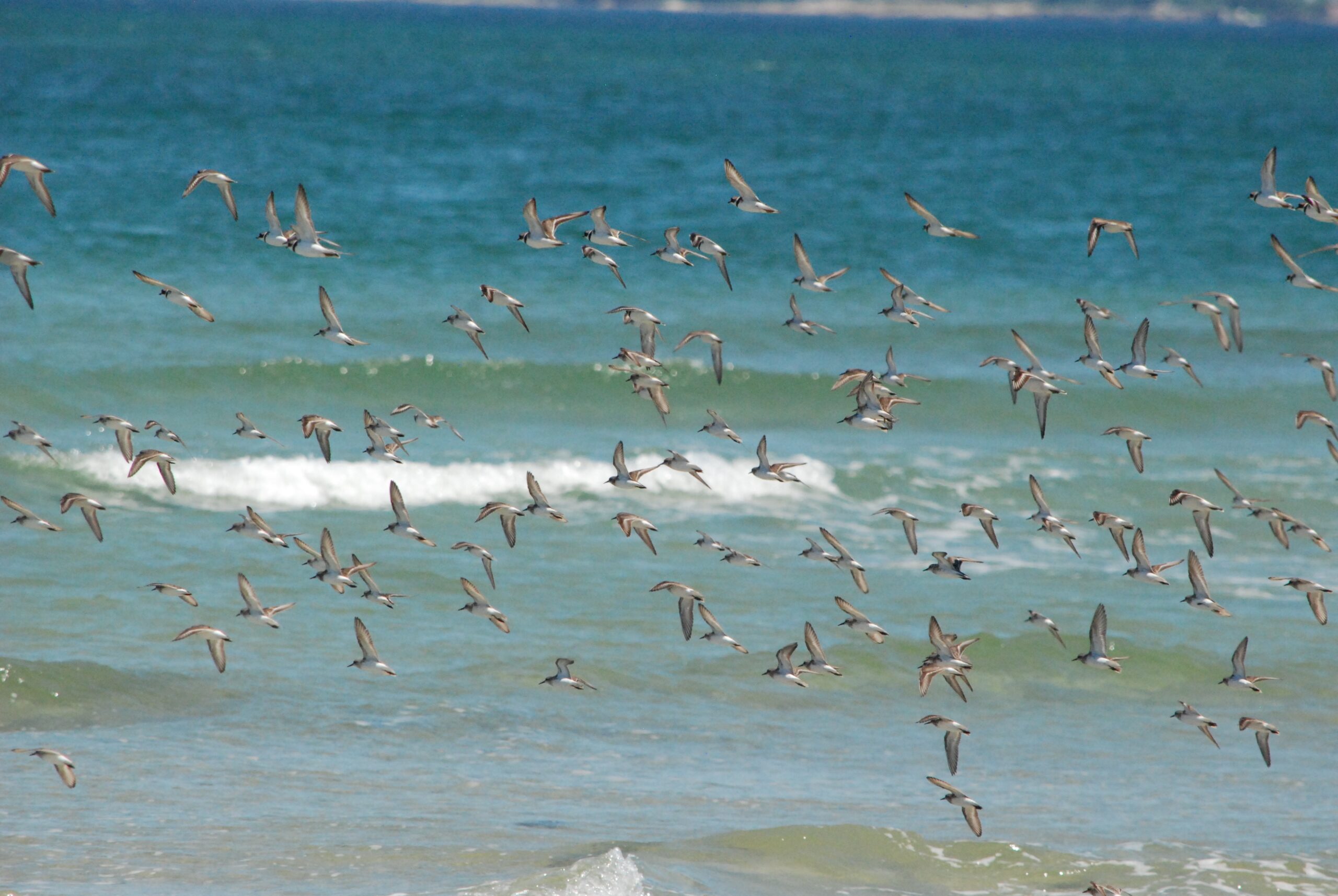
Shorebird populations have declined by more than half in the last fifty years, due in part to loss of habitat. These long-distance migrants require safe feeding areas – commonly called “staging areas”– along the way to complete their migrations.
The Great Marsh, the largest contiguous salt marsh in New England, is one of these staging areas and has been identified by the Western Hemisphere Shorebird Reserve Network (WHSRN) and the National Audubon Society as an important bird habitat. The Great Marsh provides over 20,000 acres of crucial habitat for both breeding shorebirds and those migrating between their nesting grounds in the tundra and their overwintering areas in the Southern Hemisphere. During their stopover in the Great Marsh, they feed voraciously, doubling their weight so they have enough energy to complete the next leg of their migration. Tens of thousands of shorebirds will use the estuaries, tidal flats, salt marsh, and beaches in the Great Marsh to rest and feed.
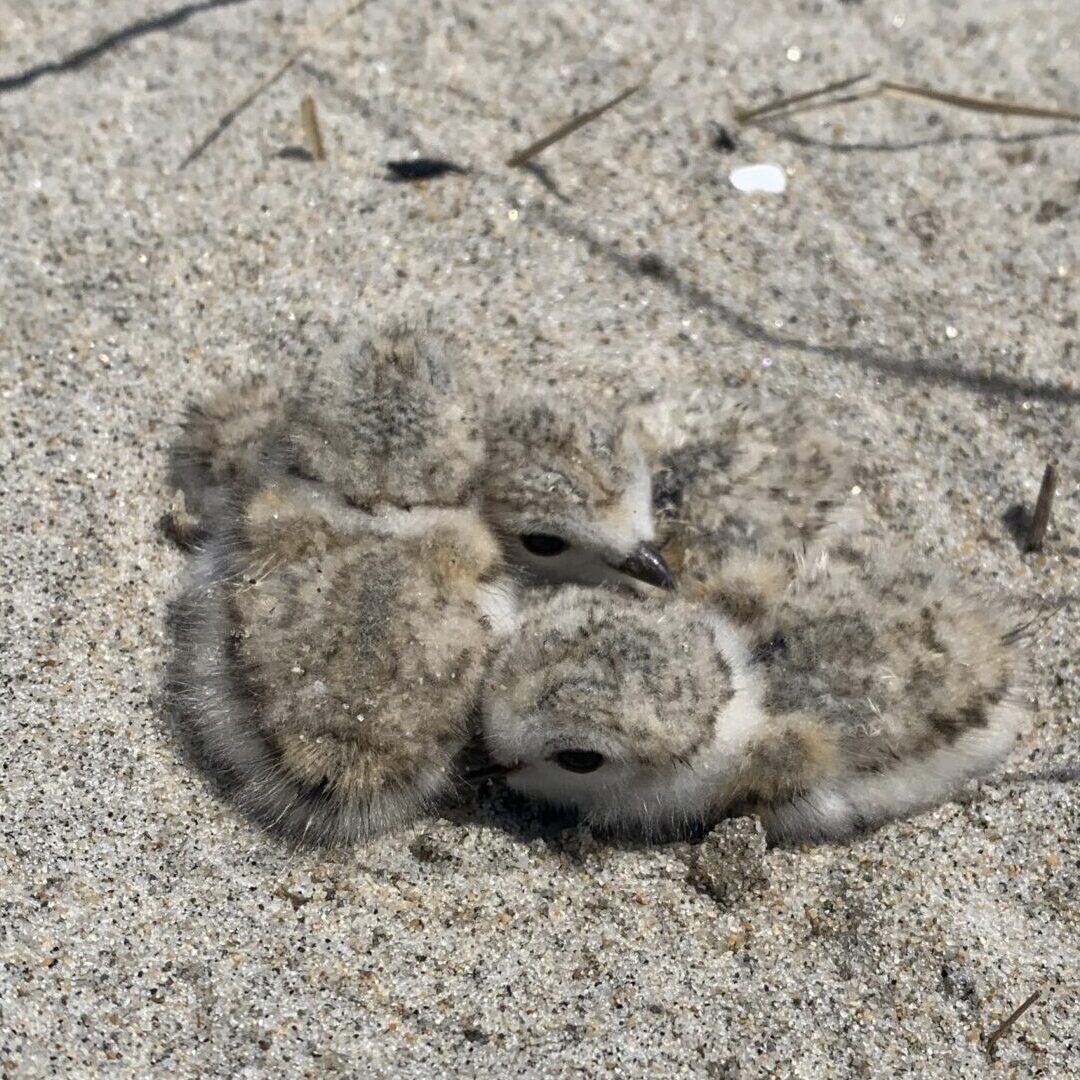
In August of 2024, for the second year in a row, conservation partners including The Trustees, MassAudubon, MassWildlife, Massachusetts Department of Conservation and Recreation (DCR), the U.S. Fish and Wildlife Service at Parker River NWR, Manomet and volunteers conducted a coordinated shorebird survey over 1400 acres of the Great Marsh ecosystem. This survey will also feed data into Massachusetts Shorebird Blitz organized by Manomet.
The Trustees have been surveying migratory shorebirds at Crane Beach since the 1990s. Work to conduct joint surveys began in 2021 and has only grown since then.
The survey was conducted at high tide when tidal flats (there primary feeding habitat) is inundated, and the birds are resting or feeding on the beaches and high marsh. By surveying multiple sites simultaneously, we aimed to assess the population of shorebirds using the marsh at a single point in time during their migration. Sites included barrier beach systems like Plum Island and Crane Beach as well as marsh areas in Salisbury, Rowley, Newbury, Ipswich, and Essex Bay. Sites were prioritized by where the highest number of birds are typically seen.
During the survey, a total of 7,366 shorebirds of 18 different species were counted. This fell below the 8,959 shorebirds of 23 different species counted in 2023. A lower court does not necessarily indicate a decline in the number of shorebirds using the marsh, as less area was surveyed this season, and shorebird numbers fluctuate during migration. As we continue conducting the survey the data set will build, trends will develop, and our understanding of the importance of various sites within the Great Marsh will grow.
With at least 18,000 acres of the Great Marsh ecosystem remaining to survey and since migrating shorebirds are in constant flux, this represents only a snapshot of total shorebird use, but it indicates the importance of the Great Marsh for long-distance travelers. In the future, we hope to expand upon this effort to better understand how the Great Marsh supports these declining species.
